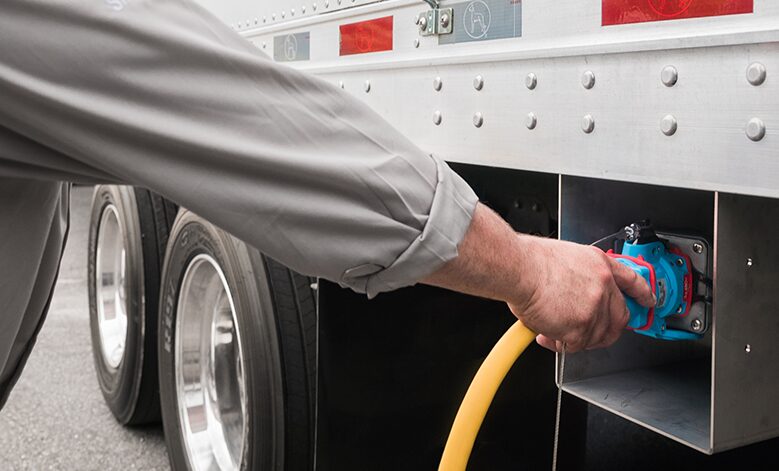
Are you curious if your organization qualifies for clean fuel standard program participation? Read on to debunk some of the most common misconceptions we hear on a regular basis.
The truth: While California implemented the first clean fuel program in the United States, these programs have since proliferated across the West Coast states and beyond.
States with active clean fuel programs:
States with clean fuel program legislation proposed:
There is also buzz about a federal clean fuel program.
Looking across US borders:
The truth: Although the programs are state regulated, they are NOT government funded. Instead, clean fuel programs are market-based, and therefore subject to market forces such as supply and demand. Fuels such as gasoline, diesel, and their respective substitutes are expressed in terms of the “carbon intensity” (CI). Low carbon fuels below the CI benchmark generate credits (supply), while fuels above the CI benchmark generate deficits (demand). Credits and deficits are denominated in metric tons of greenhouse gas (GHG) emissions and are transacted on a private market.
In order to meet compliance requirements, importers and refiners of carbon-intensive fuels accrue deficits which need to be offset with credits. These entities are required to either produce cleaner fuels or purchase LCFS credits to offset their deficits from generators or operators of lower carbon-intensity fuels (i.e. electricity, biofuel, renewable diesel, etc.)
The truth: In almost all cases, fleets can “stack” clean fuel program credits with funds from public grants. Grants, incentives, and clean fuel program credits work together by reducing the costs of ownership for electric vehicle (EV) and zero-emission technologies. While grants may pay up-front costs for new infrastructure, the LCFS and CFP can have significant financial benefits over the course of the program or lifetime of the piece of equipment.
For example, while a bus charging station that costs $75,000 may entirely recoup the costs after 10 years with LCFS or CFP credit revenue, a lump sum grant could be helpful to purchase this equipment. Once equipment is deployed, you can start enrollment in your state’s clean fuel program and begin credit revenue generation.
The truth: Small fleets, including fleets of one single piece of on or off-road equipment (such as one forklift), can enroll in clean fuel programs. The administrative processes of registering fleets of any size in state clean fuel programs can be burdensome. Businesses with large fleets may be able to hire a dedicated employee to manage their clean fuel program enrollment and resulting credit management, but smaller and mid-sized fleets usually don’t have this resource.
That’s where e-Mission Control (eMC) comes in. As a champion of small- and medium-sized fleets, eMC has built an easy to use portal where clients can:
eMC’s mission is to create a world where green transportation is accessible and affordable to all. For more information on small- and mid-size fleet participation, read our blog: Small Fleets Can Harness the Power of Clean Fuel Programs.
The truth: According to the Department of Environmental Quality, the Clean Fuels Program is one of Oregon’s most successful policies for addressing the state’s contribution to global climate change, reducing almost 6 million tons of greenhouse gas emissions and displacing over 1 billion gallons of fossil fuels.
As of 2021, under the Low Carbon Fuel Standard (LCFS), California has displaced almost 9.3 billion gallons of petroleum diesel with clean, low-carbon alternatives such as renewable and bio-diesel, renewable natural gas, ethanol, and electricity.
The truth: In reality, your voice does matter as the clean fuel program rules are updated with frequency. The administrative bodies that are in charge of clean fuel programs including the California Air Resources Board (CARB), the Oregon Department of Environmental Quality (DEQ), and the Washington Department of Ecology (ECY) hold regular listening sessions, both in person and over Zoom. To find out when the next listening sessions are, follow us on Twitter, Facebook or LinkedIn.
The truth: While the use and distribution of fossil fuels is still permitted under clean fuel programs, there is an overall reduction of carbon emissions which has led to improvements in the quality of the air that we breathe, especially in disadvantaged communities.
Through clean fuel programs, producers and refiners of diesel and gasoline are also encouraged to produce a lower carbon intensive fuel which also helps reduce pollution caused by emissions in the transportation sector.
Lastly, with the development of new technologies created to harness the power of natural energy, more and more of our power is produced through these renewable, zero-emission sources each year. In fact, over 12% of US electricity is generated through wind, solar, hydroelectric and geothermal.
To learn more about clean fuel programs in your state, give us a call today: 1-833-ZeroCO2 (1-833-937-6262)